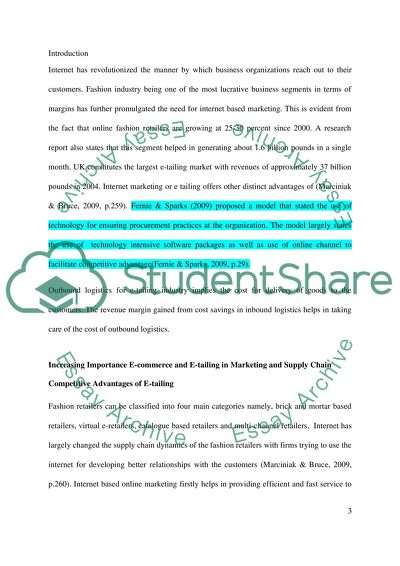Cite this document
(“How E-commerce/E-tailing affects the marketing and supply chain Essay”, n.d.)
Retrieved from https://studentshare.org/environmental-studies/1417966-how-e-commerce-e-tailing-affects-the-marketing-and
Retrieved from https://studentshare.org/environmental-studies/1417966-how-e-commerce-e-tailing-affects-the-marketing-and
(How E-commerce/E-Tailing Affects the Marketing and Supply Chain Essay)
https://studentshare.org/environmental-studies/1417966-how-e-commerce-e-tailing-affects-the-marketing-and.
https://studentshare.org/environmental-studies/1417966-how-e-commerce-e-tailing-affects-the-marketing-and.
“How E-commerce/E-Tailing Affects the Marketing and Supply Chain Essay”, n.d. https://studentshare.org/environmental-studies/1417966-how-e-commerce-e-tailing-affects-the-marketing-and.


